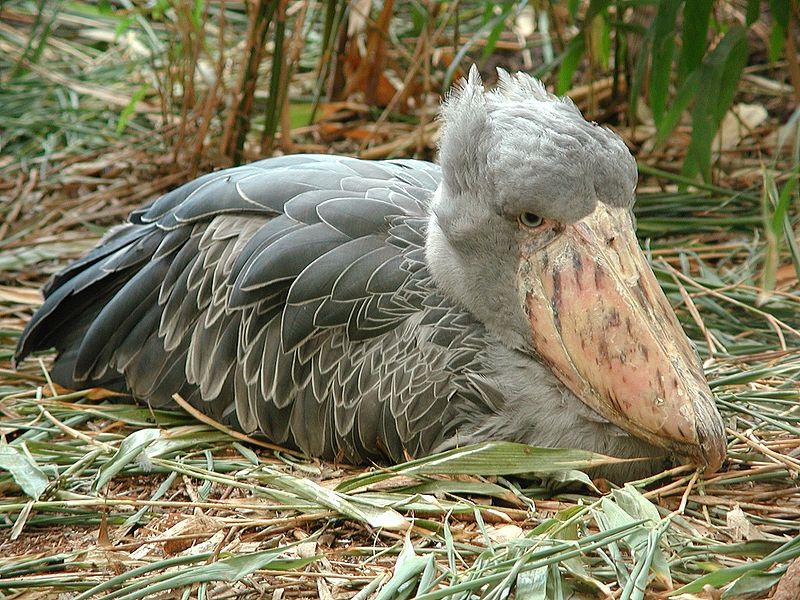Reproduction
The Balaeniceps rex
reproduces via sexual reproduction and laying eggs like the
Toucan.
The Shoebill Stork has been recorded breeding in small
populations throughout Africa (Kasoma and Pomeroy 1987). As a result
of the small and threatened population of this bird, researchers have only
found the Shoebill Stork to be nesting along Malagarasi Wetlands
in Africa. The small populations researched were not found to
have a definite nesting period, but most egg hatchings occurred
in months as flooding decreased (John
et al. 2013). Nesting platforms commonly found
among the Balaeniceps rex are typically enveloped by
deeper water conditions and are quite visible to the eye
(John
et al. 2013). Although
researchers have found multiple nesting locations within these
populations, it has been discovered in several cases that the
nesting sites had been abandoned prior to egg laying (John et
al. 2013).
